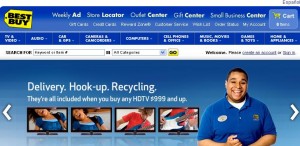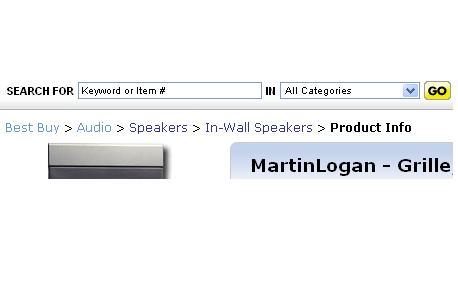There is a process for finding ppc keywords. Here are the top methods that I use to find keywords. This is not a list on how to find good keywords (we’ll talk about that next time) it is simply a list on where to find keywords that are relevant to your brand.
The List
1) Common sense-This one is often overlooked. If a discount glasses company solicited my help I know a ton of their keywords because I have shopped for glasses online in the past.
2) Keyword tools- Google Adwords Keywords tool and Yahoo both have free keyword tools with real data from searches people have performed. There are also good paid alternatives.
3) Website analysis. Look at the content of the webpage. There are also tools that can extract that data. The navigation and breadcrumbs can be helpful.
4) Competitors- Look at the content of the webpage of the competition.
5) Yahoo’s search home page- do a couple “bad” searches and Yahoo will show a list of related searches. Those are keywords.
6) Analytics-In your analytics. You are running analytics right? It will send you the keyword people are searching for when then used a search engine to get to your site.
7) Internal search-what are people searching for on your site? Those are keywords.
8 Competitive intelligence reports-Companies like Compete.com sell information on you and your company that may be useful.
9) The company-I listen to the language the stakeholders and employees use in our correspondence. Also, it never hurts to ask them if they thought I missed anything, but that is always at the end of the keyword expansion phase and campaign building phase.
Perhaps a new product might come in or a new corporate trend might develop that is outside the scope of analytics.
10) My experience-I have built umpteen campaigns and I have a certain feel for it.
(You may only recreate portions of this list if you keep the text and links unchanged and attribute the list to RoseOspreyMarketing.com.)



